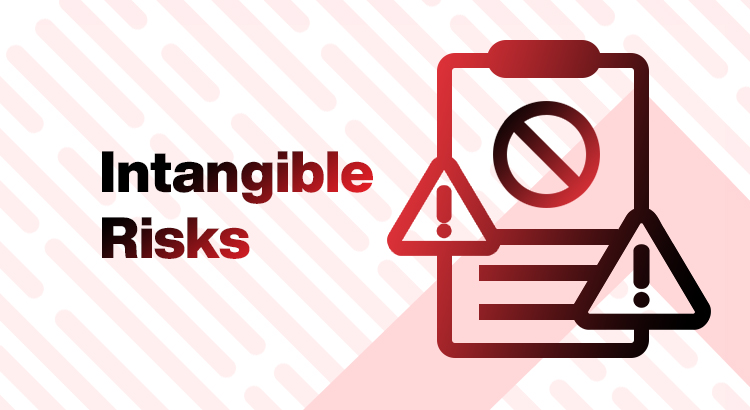Regulatory bodies and central banks have laid down several IT security standards and mandates across the world. For example, NIST, SOC2, FedRAMP, GDPR, RBI Guidelines, PCI DSS, HIPAA, SWIFT CSCF, SOX, and ISO 27001 are just a few examples. It is about the changing IT infrastructure and operational setups. Today data is widely distributed in hybrid ecosystems. It exists on on-premises data centers, multiple cloud platforms and in managed service environments. This evolving IT infrastructure has put data at grave risk from compromised insiders, suspicious third parties and organized cyber criminals.
The regulatory compliance landscape has therefore become increasingly stringent. Regulatory bodies, and central banks particularly demand strong IT practices around password management, authentication, and authorization. Their objective is to ensure that government and business organizations maintain data integrity, data privacy and data confidentiality.
Having said that, numerous organizations to date have faced the wrath of non-compliance for distinct reasons in various parts of the globe. The risk of noncompliance comes from half-baked security measures adopted by organizations.
Ever heard about “pseudo compliance”?
It is no less risky than non-compliance. Many organizations, just for the sake of assuring the auditor, and to get their audit-sheet “check listed” with positive responses will do bare minimum on the IT security front. This false claim eventually bears higher risks of non-compliance penalties, or in worse conditions, IT incidents.
Secondly, many organizations still depend on manual intervention. How can a typical mid-size organization with a vast IT infrastructure ensure all the system configurations are as per the policies without having security compliance management in place? Or how can an organization ensure rule and role-based access to critical applications without having proper identity and access management framework in place? These solutions not only help to detect and fill up the blind spots but also enable IT security professionals to act swiftly and mitigate the IT risks.
Apart from IT security oversight or non-detection of IT security blind spots, noncompliance also leads to several intangible risks.
Risk 1 – Financial Losses: Non-adherence to the compliance guidelines (or pseudo compliance) hampers financial safety. It can result in hefty penalties for the organization with a lackadaisical attitude towards security and compliance. Some incidents across the globe show what extent of monetary loss organizations can suffer due to non-compliance.
I] A few years back, a USA-based payment processing solutions and technology provider had to cough up approximately $145 million in compensation (PCI DSS non-compliance) and 14 months ban from business activities due to a breach of payment card transaction details of more than 1,75,000 merchants.
II] In September 2018, three Massachusetts hospitals were fined nearly $1 million for non-compliance with HIPAA because thousands of patients’ data were compromised.
III] In the same year, one of the largest aviation companies was fined $26 million for a data breach that involved 400,000 customers due to non-compliance of GDPR.
Risk 2 – IT Lawsuits: Facing a lawsuit from the clients once they find an organization in the spotlight is non-compliant can have major repercussions. It majorly happens when the business stakeholders speculate that heavy non-compliance penalties might affect their investments, data security and the brand equity.
Not only that, too many business hours can be lost due to long and tedious legal procedures for senior management that must face and fight lawsuits. Sometimes, it runs for years and eventually affects the overall business.
I] A well-established American bank in the end of 2021 paid $190M to settle a lawsuit filed by US customers over a data breach incident that affected 100 million people.
II] A European Telecom giant had to do a settlement for a lawsuit following a data breach that occurred in early 2021 affecting almost 77 million people.
Risk 3 – Impact on Business Continuity: Any smooth business process could be hindered suddenly if there is any sudden cyber-attack, malware attack, or data breach incident due to lack of proper compliance in place. This forces unexpected downtime in the IT department – be it the development team, IT administrative, operational team and even the business team.
Did you know that in 2022 more than five hundred and fifty thousand organizations’ operations were stuck due to non-compliance?
Risk 4 – Higher Cyber Insurance Premiums: Cyber Insurance premium is inversely proportional to an organization’s cyber readiness, which means, the more the organization is compliant with the IT standards, the lesser the premium amount. Did you know that Gartner in its “Critical Capabilities for Privileged Access Management” report states, “Regulatory frameworks and cyber insurance providers are increasingly demanding implementation of PAM tools as a condition of compliance or coverage.”
Risk 5 – Reputational Damage: An organization can never run alone. It requires customers, partners, consultants, and other stakeholders to collaboratively run a successful business. It is obvious that they maintain good relations and reputations with each other for a long-lasting business. Organizations that suffer data breaches or other cyber incidents invariably have maligned reputations and are not considered dependable to run a business.
On the other hand, organizations that comply with IT standards automatically offer trustworthiness that is valued by their stakeholders.
The bottom-line:
Compliance has no alternative. Following half-baked measures also put organizations at risk of non-compliance, IT security oversight and intangible risks.

